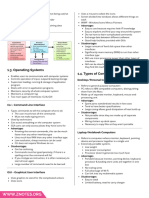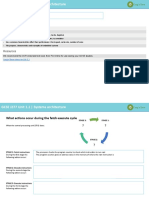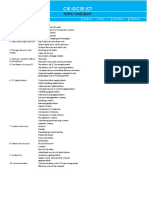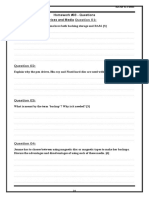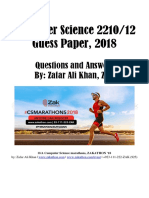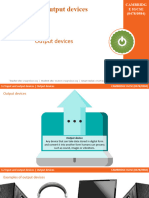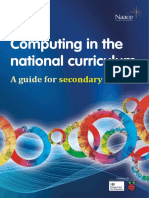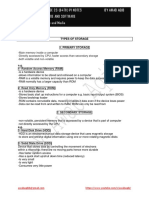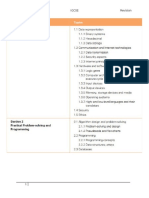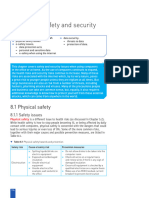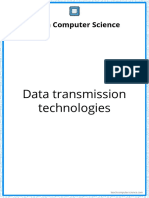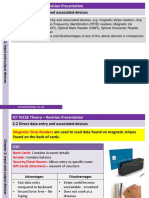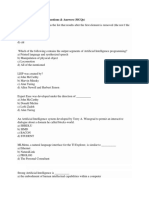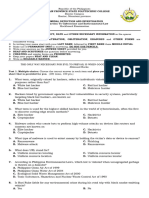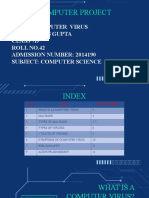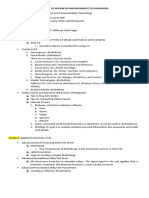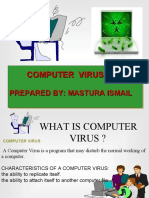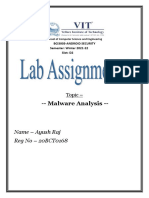0% found this document useful (0 votes)
211 views7 pagesIGCSE Security & Ethics Guide
This document discusses various types of cyber threats including malware, phishing, pharming, denial of service attacks, wardriving, spyware, keylogging, hacking, and cracking. It defines each threat and describes their potential effects and methods of prevention. Free software is also discussed, distinguishing between free software, freeware, and shareware.
Uploaded by
Aleck PhiriCopyright
© © All Rights Reserved
We take content rights seriously. If you suspect this is your content, claim it here.
Available Formats
Download as PDF, TXT or read online on Scribd
0% found this document useful (0 votes)
211 views7 pagesIGCSE Security & Ethics Guide
This document discusses various types of cyber threats including malware, phishing, pharming, denial of service attacks, wardriving, spyware, keylogging, hacking, and cracking. It defines each threat and describes their potential effects and methods of prevention. Free software is also discussed, distinguishing between free software, freeware, and shareware.
Uploaded by
Aleck PhiriCopyright
© © All Rights Reserved
We take content rights seriously. If you suspect this is your content, claim it here.
Available Formats
Download as PDF, TXT or read online on Scribd
/ 7






